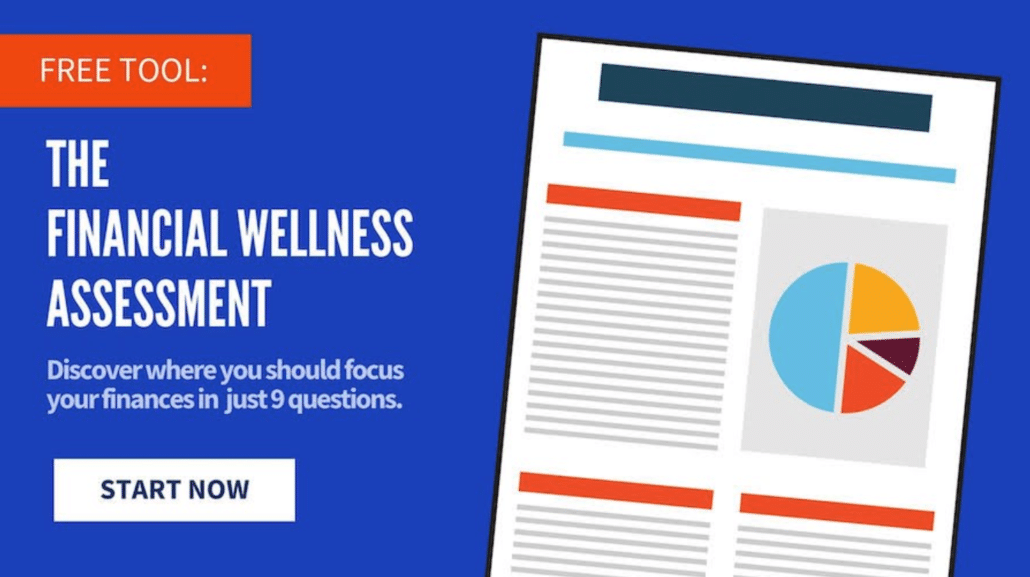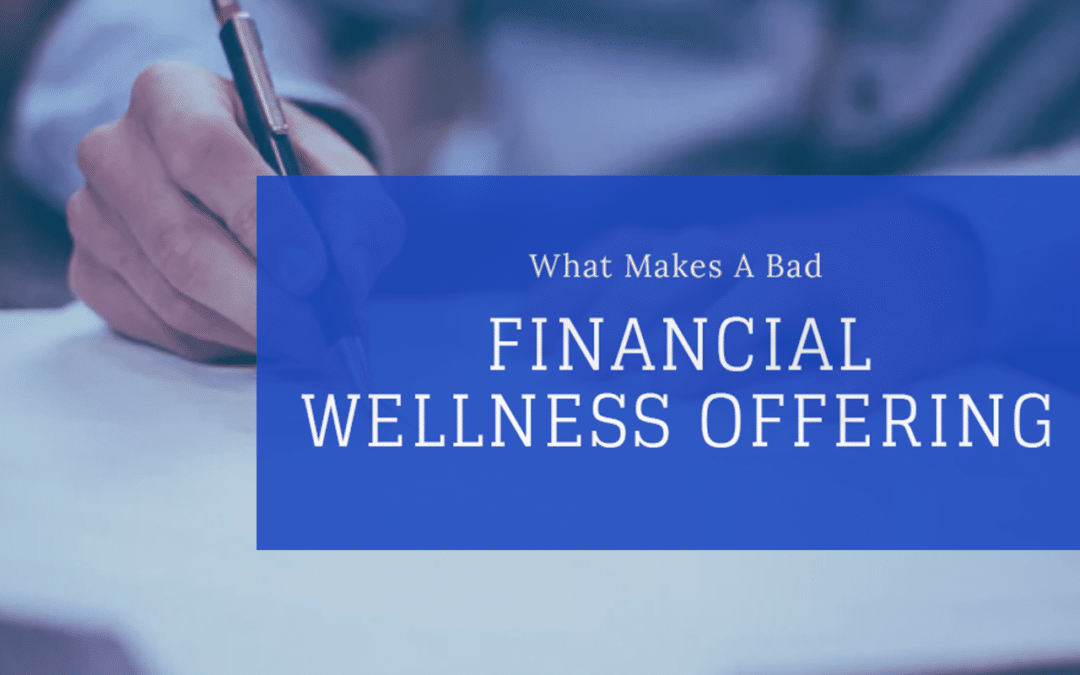U.S. employers have long offered benefits to attract and retain talent, with healthcare coverage, equity compensation, and retirement plans considered standard offerings at most companies. In the past decade, additional perks have been added to accommodate what employees report as their number-one workplace stressor: financial matters.
Employers have a vested interest in helping their workforce reduce the stress they feel around personal finances. Employees’ financial worries often translate into reduced productivity, days missed at work, and disengagement at the office.
Employees, for their part, tend to take advantage of financial wellness programs when their employers offer this benefit; 71% of employees use them when available.
While this may seem like a win-win for everyone as employees get support for a major source of stress and employers can improve workplace productivity and morale, not all of these wellness programs are created equal.
In my conversations with companies, I’ve realized there are five common shortfalls in financial wellness solutions. Here’s what needs to change in order to create more effective financial wellness benefits for workers:
Integrate with Existing Benefits (Fragmented Solutions)
Many wellness programs lack a centralized hub of resources for employees, who often must go to one solution for retirement questions, another for student loans, another for equity compensation, and yet another for HSA concerns.
This creates a disjointed experience and makes it difficult to coordinate all the various pieces, causing employees to leave money on the table by missing the 401(k) match, misunderstanding HSAs, and inappropriately utilizing stock compensation.
Fragmented solutions within a financial wellness program also represent a challenge for HR and benefits leaders who must manage the multiple solutions and measure their success. In addition, without a financial wellness offering that is integrated with employer benefits, employees are less likely to take advantage of the employee benefits that have been curated by HR leaders.
A good financial wellness offering needs to be integrated with existing employer benefits.
Provide Actionable Education (Lack of Actionable Education)
Actionable financial education is central to a financial wellness program because employees need to be guided to the right benefit at the right time. While basic information is useful, actionable financial education goes a step further by empowering employees to understand and utilize their benefits effectively.
Actionable financial education also must be comprehensive to meet the needs of employees of various demographics at different life stages. The way the material is designed matters, too; the best financial wellness programs offer a mix of live and recorded sessions, short and in-depth content pieces, both articles and videos – as not everyone learns the same way.
And, of course, education should be customized to align with the financial benefits your company offers so employees can apply what they learn to improve their financial well-being.
Be Able to Measure Success (Inability to Measure Success)
In addition to supporting employees, a financial wellness program should help your HR team track engagement and adoption not only of each solution the company offers, but also the effectiveness of the entire financial benefits program as a whole.
Data reported by demographic – like gender, age, race, and length of employment – lets HR see which financial benefits are bringing the most value to all their employees. The observable, measurable, and reportable metrics can also show how an uptake on financial benefits maps to diversity and inclusion goals, such as helping employees from underrepresented backgrounds be financially secure and confident by turning wages into wealth.
Give Fiduciary Advice (No Fiduciary Duty)
For a financial wellness solution to be trusted, it should meet the fiduciary standard.
The fiduciary standard of care requires a financial advisor to act solely in the client’s best interest when offering personalized financial advice. Financial wellness providers are always not legally required to work in their clients’ best interests, so it’s common to see employees pushed towards products or conflicted advice.
A few providers, however, do adhere to a fiduciary standard with some even gaining certification by a third party, such as the Centre for Fiduciary Excellence, to ensure that they act in their clients’ best interests at all times.
Use an Even Mix of Digital and Human Advice (An Uneven Mix of Digital and Human Advice)
With much of today’s financial activities conducted entirely online, a digital platform is a critical component of a total financial wellness solution. But employees also need access to experienced financial advisors to review plans, answer questions, and provide guidance (but not sell products!).
While a digital platform provides the foundation for financial well-being, expert guidance with a human touch provides additional advice for each employee’s unique needs and can instill confidence.
Look for a solution that offers access to qualified financial advisors who put employees’ interests first at all times. Expert guidance with a human touch provides additional advice for each employee’s unique needs.
…
RESOURCE: Do you want to make smart decisions with your money? Discover your biggest opportunities in just 9 questions with my Financial Wellness Assessment.















